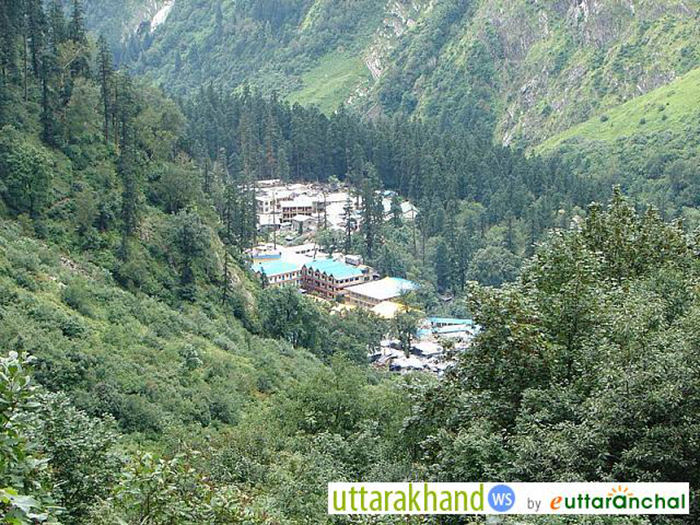Home to more than 500 different species of delightful alpine flowers, shrubs and variety of flora that exclusively blossom in this pristine vale, Valley of Flowers is a like painting smeared with myriad hues. This picture postcard valley attracts some of the elusive and rare species of birds and animals – the Himalayan monal, snow leopard, musk deer and blue sheep to name a few. The enthralling trek to Valley of Flowers is a reward in itself as one encounters cascading waterfalls, brooks, jungles and glaciers.
Nestled at an elevation of 3,658 meters above sea level in the upper reaches of Pushpawati valley in the Chamoli district, this beautiful bouquet has been a subject of interest for botanists, nature enthusiasts and adventure seekers. Valley of Flowers would have gone unnoticed had it not been for three brave British mountaineers. Frank S. Smythe, Eric Shipton and R.L. Holdsworth lost their way while returning from a successful expedition to Mt.Kamet and accidentally stumbled upon this floral paradise in 1931. It was declared a National Park in 1982 and subsequently a UNESCO World Heritage site in 1988.
Valley of Flowers can be reached by trekking from a small hamlet near Joshimath called Govindghat, from where the trek commence. This picturesque 15-kms trek ends up at Ghangaria, which is 3 kms from the Valley of Flowers. Govindghat-Ghangaria route is also used to trek to Hemkund Sahib. Overnight stay is prohibited at Valley of Flowers, so trekkers have to get back to Ghangaria by dusk. Suitable accommodations are available at Ghangaria.

Ghangharia village – Nestled in the lush green forest and mountains. (On the way to Valley of flower).
Lately, a new trekking route has been reopened for the trekkers to reach Valley of Flowers. Known as Kunthkal-Hanuman Chatti route, this alternate course was lying closed since 1970, as people opted for much easier route from Ghangaria. This captivating 15-kms trek starts from Hanuman Chatti, and one encounters beautiful rivers, glaciers and meadows that leads up to the Valley of Flowers.
Covered with thick sheets of snow from October to May, the first flowers of the season bloom in the last week of May, when the snow starts melting and the valley wakes up from its winter dormancy. Mid-July to mid-August is the best time to get lost amidst this floral sea.

Photo Src: kuldeep kapade/flickr
May: The snow-covered Valley of Flowers finally starts unveiling itself in the last week of May, when the snow starts melting. This month will still witness much of the snow and less of the flowers, but it is ideal time to visit to avoid the impending monsoon season of June-July.
June: With much of the snow already turned water, the glacial rivers and waterfalls come alive in June. This month witness most of the footfall as Sikh pilgrimage to Hemkund Sahib commences in this month. Although the high cost of food, travel, accommodation deter budget travelers, little to no rain in this month attract tourists and backpackers to the Valley of Flowers.
July & August: Considered the best time to visit the floral meadows of Valley of Flowers, the snow finally recedes and multitude of vivid flowers and shrubs grace the vale. With blossoming of last of the flowers, the painting is finally complete.
September: After blossoming in the warm sun, this floral paradise starts to wither in the month of September. The autumn kicks in and the alpine flowers complete their life cycle with pollination. The valley is gradually cloaked under the sheath of snow with pollens lying dormant only to blossom and bloom next season.
Much appreciated, thank you.
Excellent. Keep it up.